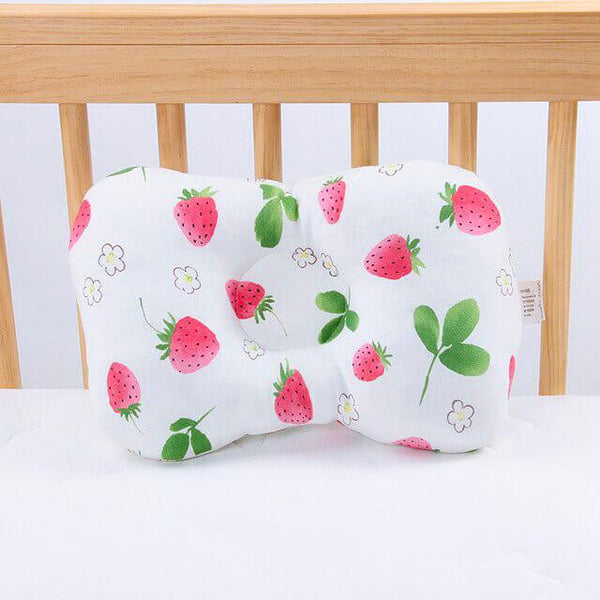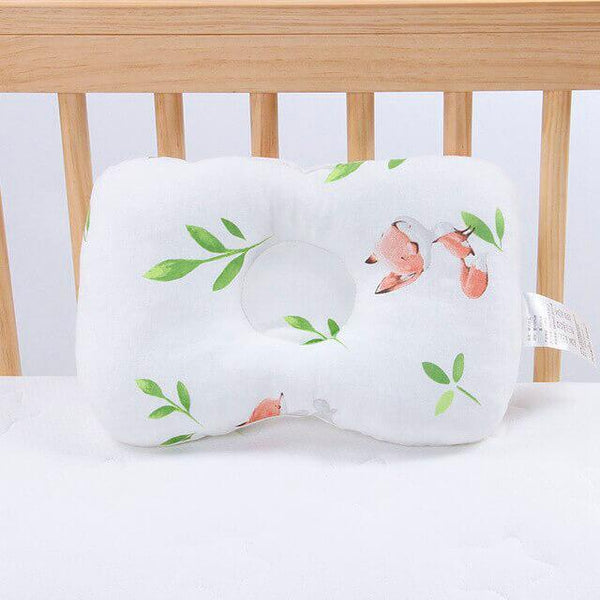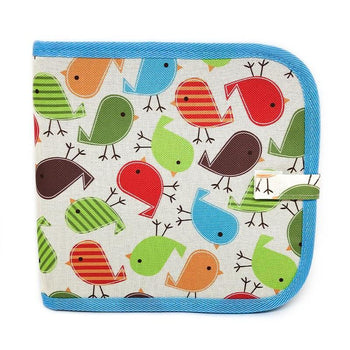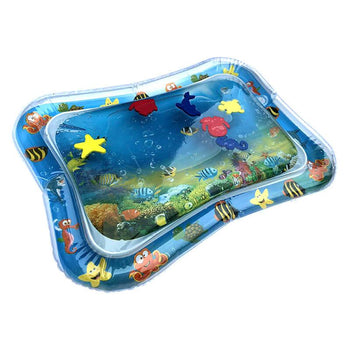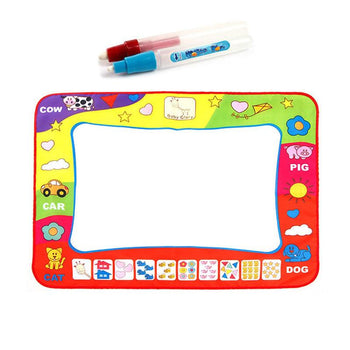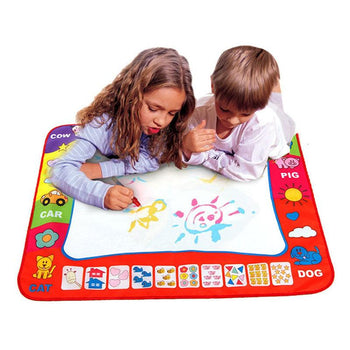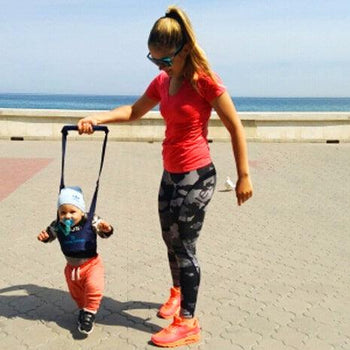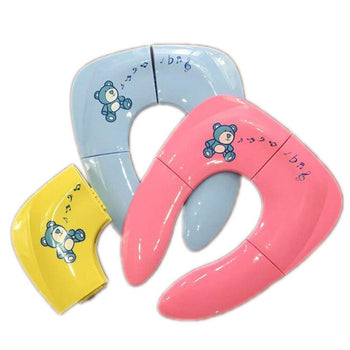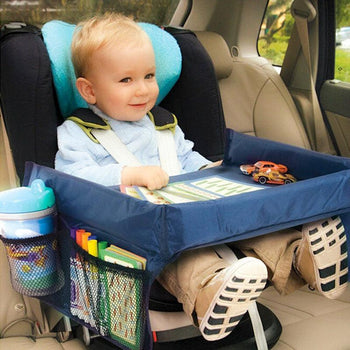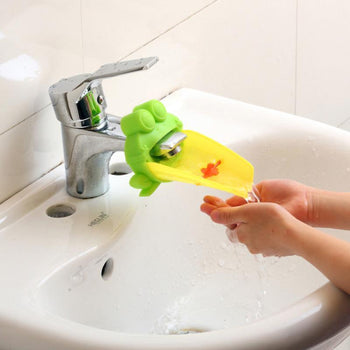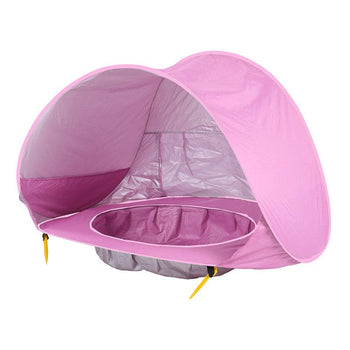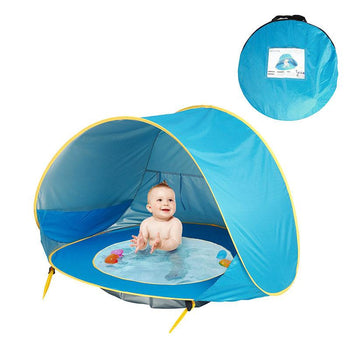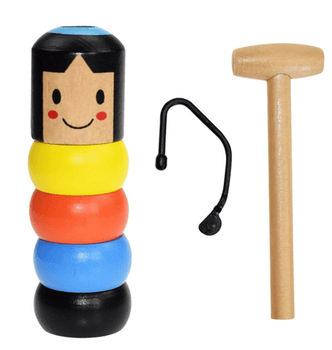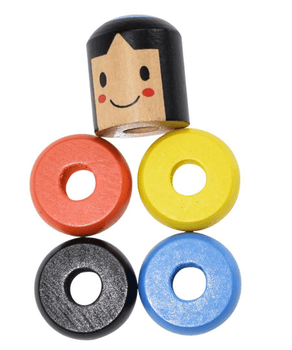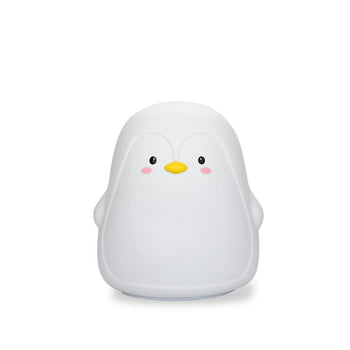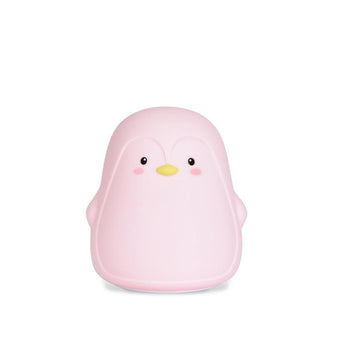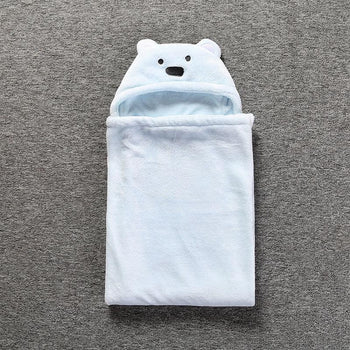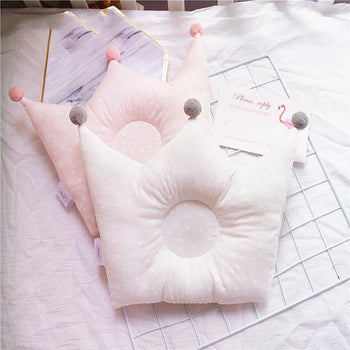It sounds simple, but I remember being distraught when my baby was born.
How to hold a baby or change a diaper?
How to feed a baby?
How to get your baby to sleep at night?
This article will be a simple guide for that more complicated task than you think a new parent has to do: How to put your baby to sleep?
When your baby is born, you actually marvel at his instinctual behavior, in a way. At first, most of us are probably a little fidgety until you realize that the car or taking your baby for a walk starts to soothe him. Or, woah, when I breastfeed him, he falls asleep right away! Or you give him the pacifier and he suckles a little and he falls asleep. How easy! Hopefully...
What a lot of people don't realize is that in the near future you might find that what used to be instinctual is now taking way too long (I'm talking hours, not 10 minutes) or you might get up way too many times per night (I mean every 2 hours, not once per night).
After all, your baby won't sleep and it's your fault (not in a bad way). In a few months you may still be wondering, when will my baby sleep through the night. It varies, as do our babies, but it doesn't hurt to try and follow these steps on how to put your baby to sleep and try to avoid the many pitfalls many of us fall into, right from the start. the beginning.
How to put a baby to sleep - The 6 steps
1. The right time to put baby to sleep
When your baby is a newborn, watch for sleep cues (yawning, staring blankly, but before being grumpy!), and when your baby is older (around 6 months and up), you might being on a sleep schedule (even if it's not a fixed sleep schedule). If your baby is too tired, it usually works against you, even if you think otherwise (I've often heard "Keep him awake and he'll sleep at night". Seriously? It's even worse!). 
2. Tell your baby it's bedtime
Don't underestimate your baby or assume that he won't be able to understand you from an early age. Sure, your newborn might not understand much, but still say the same key phrase for 6 months? 10 months ? He will know. So talk to your baby and say, "It's time for bed. Goodnight. I love you," or something similar, and always use the same phrase just before bedtime .
3. A story or music to put baby to sleep
Adopt a routine at bedtime or naptime. The beauty of a routine is that your baby will begin to anticipate sleep and relax even before you finish it. The content of your routine is not as important as the regularity with which you use it. If you can't take a bath every night, that's okay. With newborns, the routine can be very simple: Draw the blinds/curtains , read 1 or 2 books , go to bed , put on pajamas and turn on some music or white noise. Always in the same order.

I had used this routine and after a while when I turned on the music I saw him yawning with tired eyes. This didn't happen the first time. With this routine he knew I was leaving once the music was over. As your baby gets older, the routine doesn't necessarily get more complicated, but it does start to take longer, so don't take too many steps.
4. Soothe your baby, but NOT for sleeping
After your routine, you would like to soothe your baby to be relaxed and sleepy. Each baby responds to different soothing methods . Most babies tend to like certain types of movement like when they're in your womb. They may like to be bounced, rocked or walked around the room (in the arms or in the stroller).
Experiment with what works best for your baby. What worked for your friend may not work for you. This is often the stage where you also feed your baby, but not until he sleeps!
5. Drowsy but awake and not asleep
This is the most important part! Ideally, put your baby to sleep in their crib or bed (a co-sleeper, if you co-sleep) while they're still awake. You need to soothe it, but NOT until it sleeps, because that's what leads to sleep associations.
Unfortunately, for some babies, it's a magic trick to find the moment when your baby is still awake but almost asleep, and isn't crying out loud once you lay them down. Finding the perfect time for him to be drowsy but awake can take some practice ( see the article on that ), so be patient with yourself if you don't get it the first few times you try. And, if your baby is very young, honestly, it might not work! Only some babies can "calm down" from an early age. 
6. Lay your baby down to sleep
Lay your baby down to sleep on their back during the first year , as recommended. By using our cushion , he will be able to spend his nights in an optimal position. Your baby will probably sleep on his stomach as he gets older. For young babies, you may need to calm him down to sleep, as I mentioned above, but ideally your baby will be half awake and fall asleep on his own. This will limit later sleep problems.
If your baby is older, this is when you'll teach him to fall asleep on his own without you helping him fall asleep completely. Helping him fall asleep is the same as teaching him to walk . He may learn eventually, but it will take longer if he doesn't try (and fail) on his own. It takes practice, practice and practice!

Hope this helped you figure out how to get your baby to sleep.
And you, how do you put your baby to sleep?
Feel free to share your experiences with us in the comments.
Do you want your little one to spend all their nights?
In this free guide , you'll discover 5 things you absolutely need to know.
With a unique approach and practical tools for success , this eBook will help you and your baby sleep better through the night.






